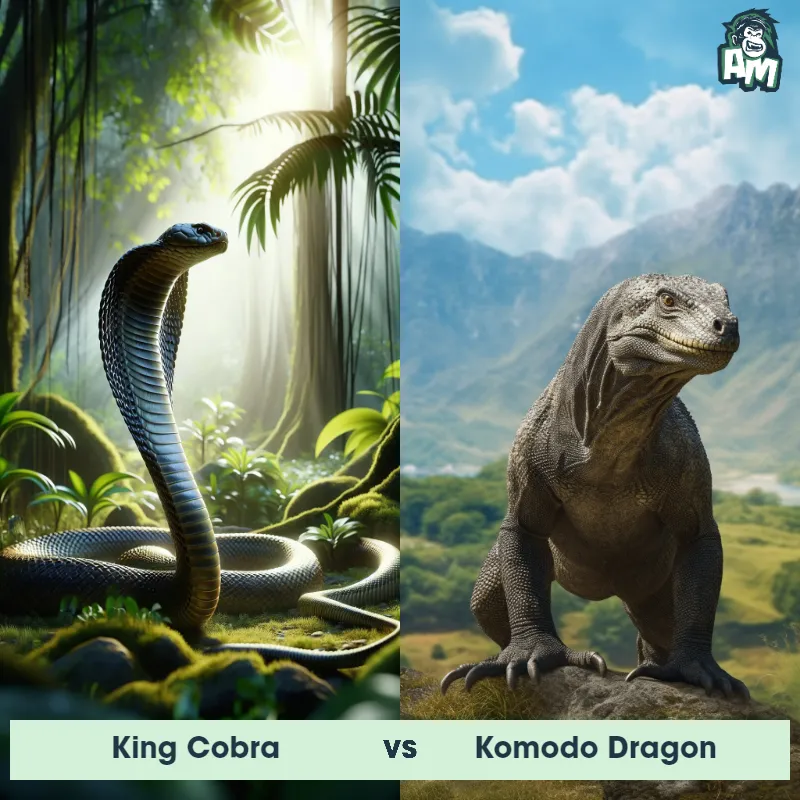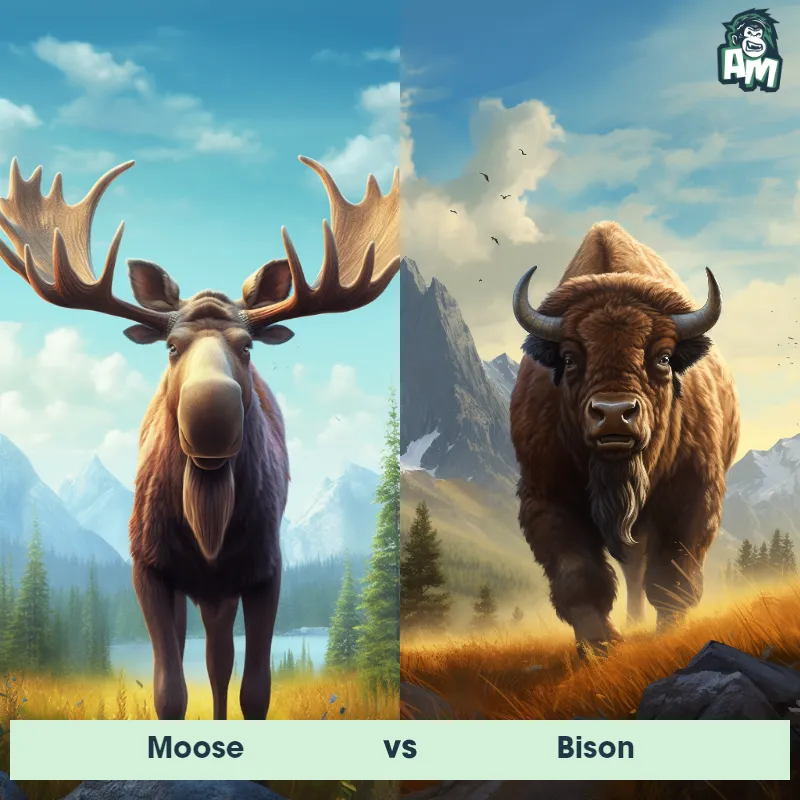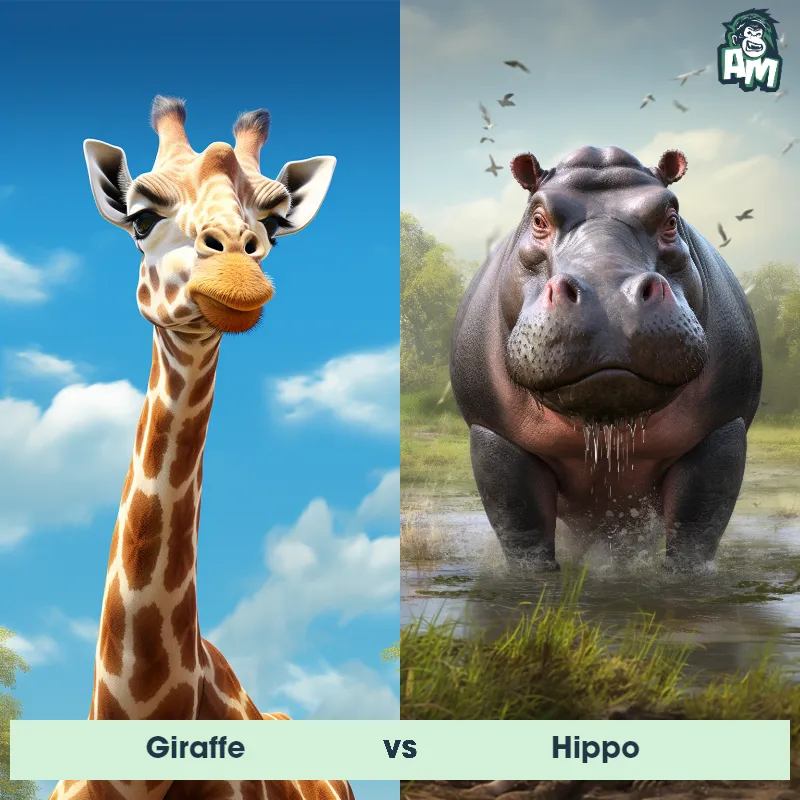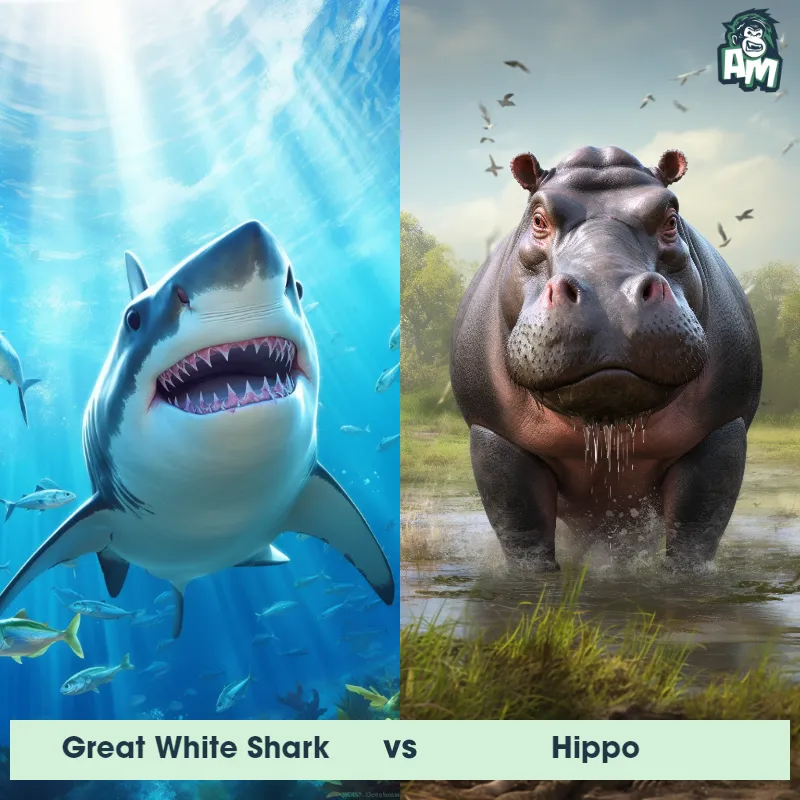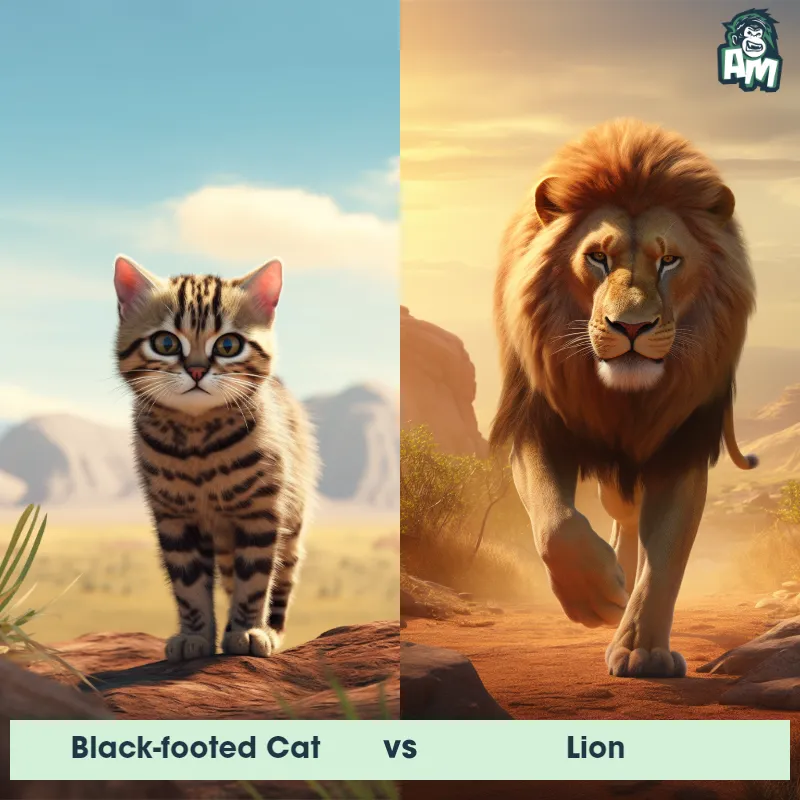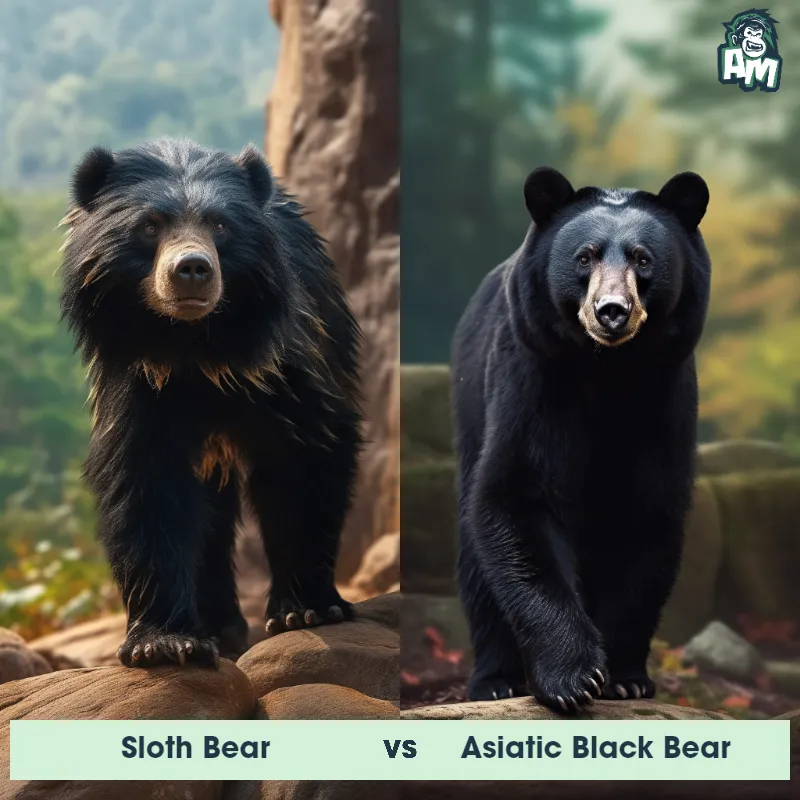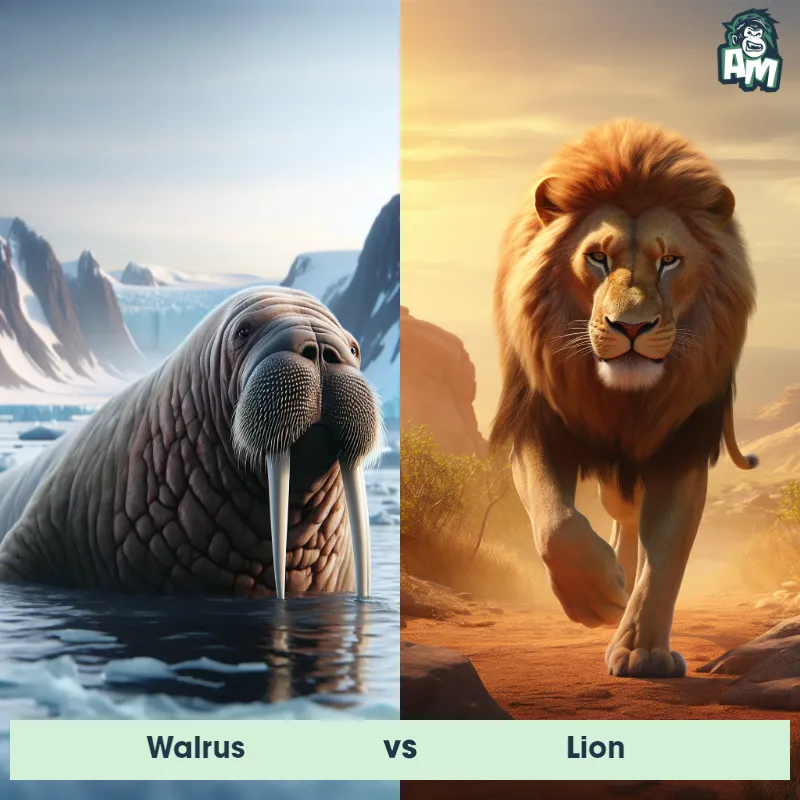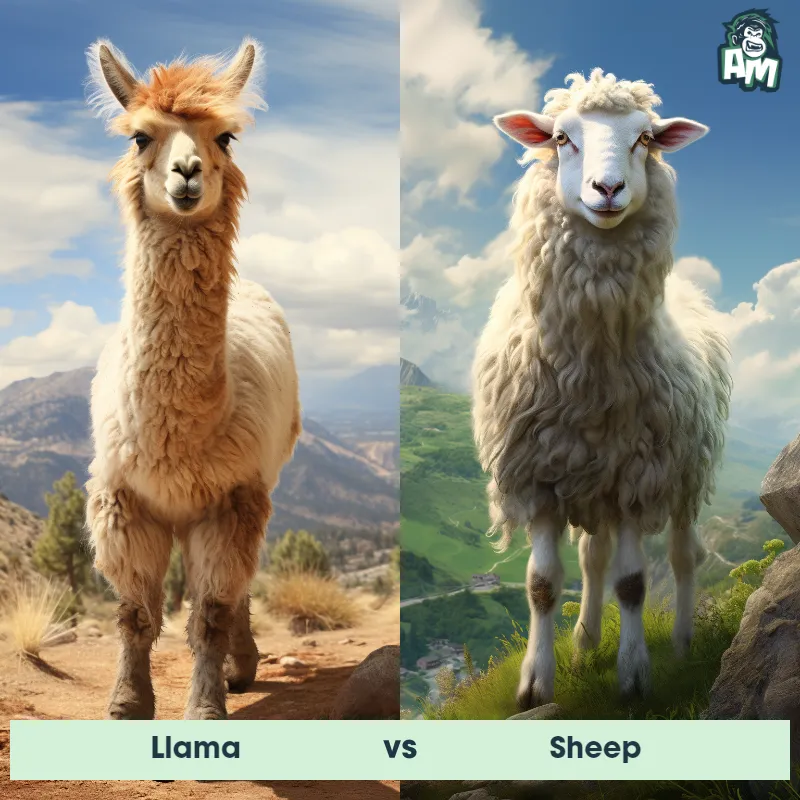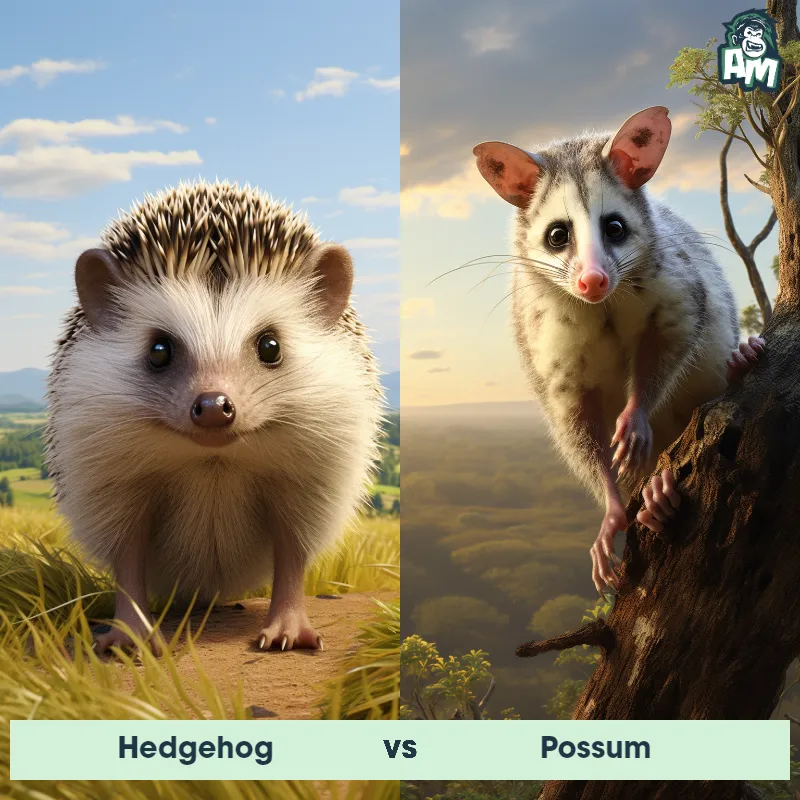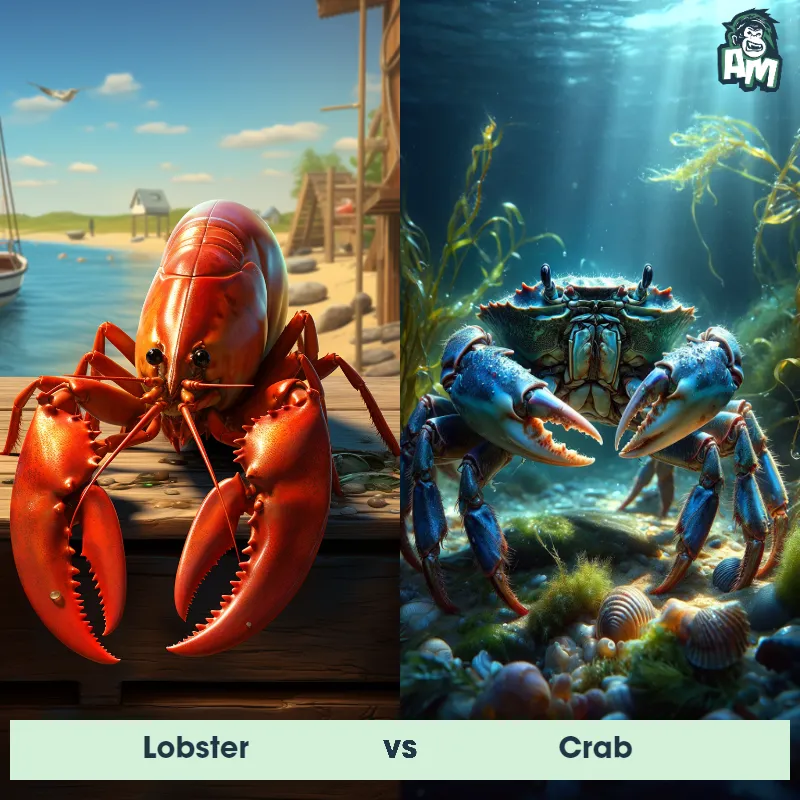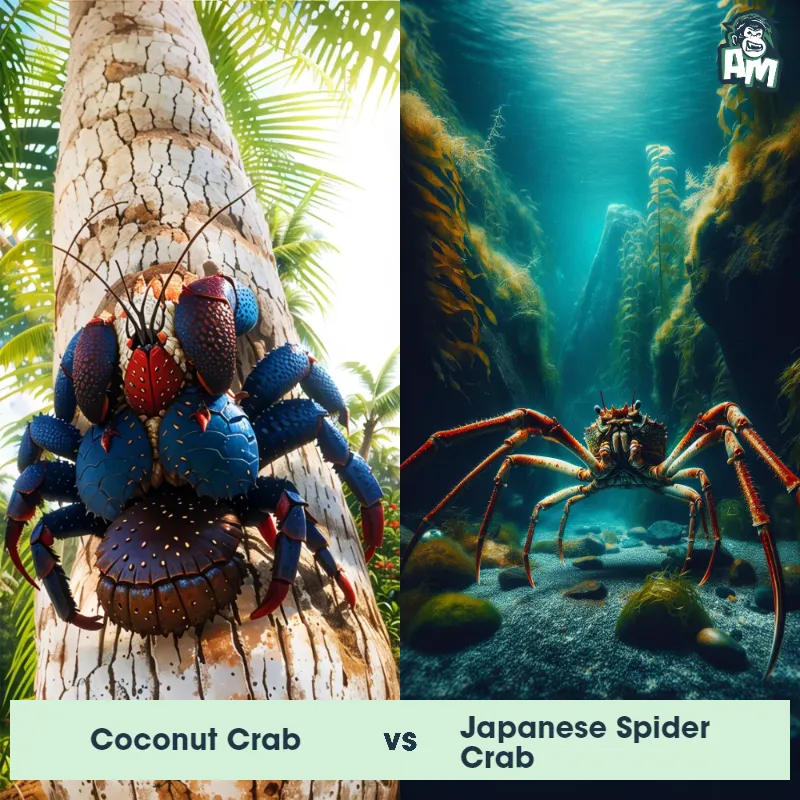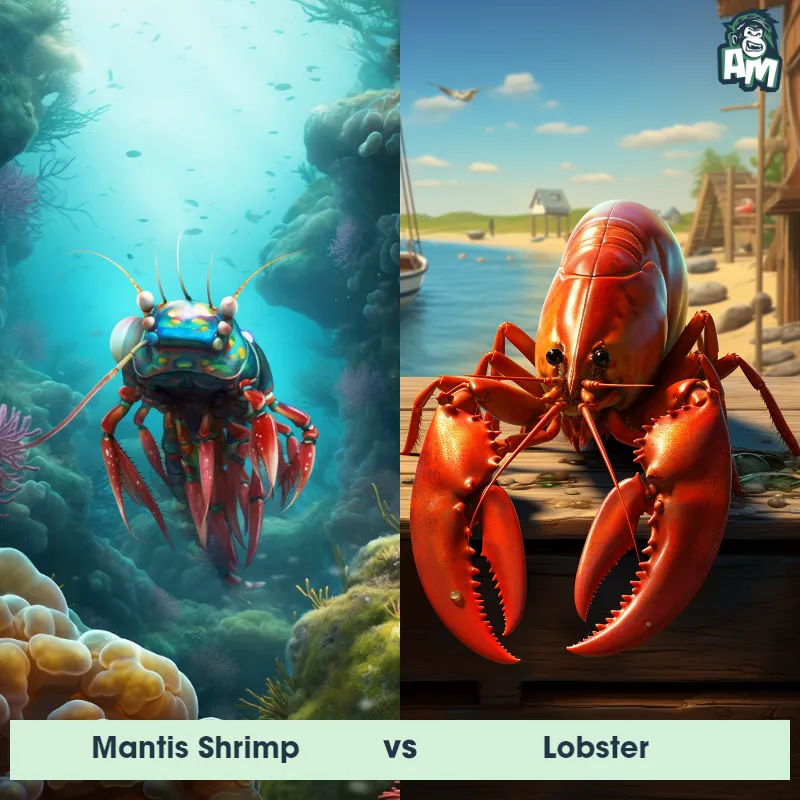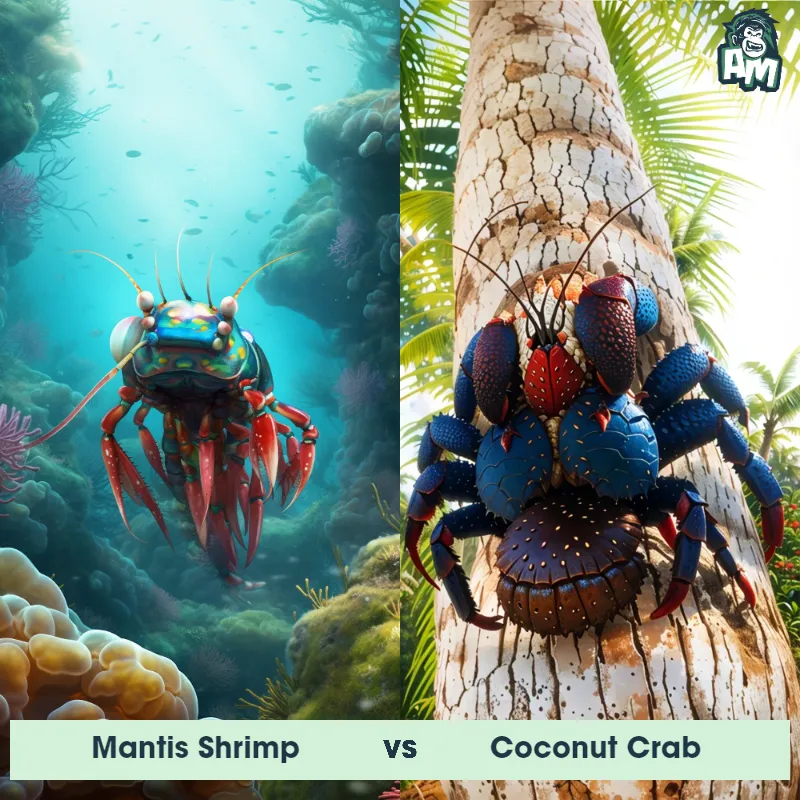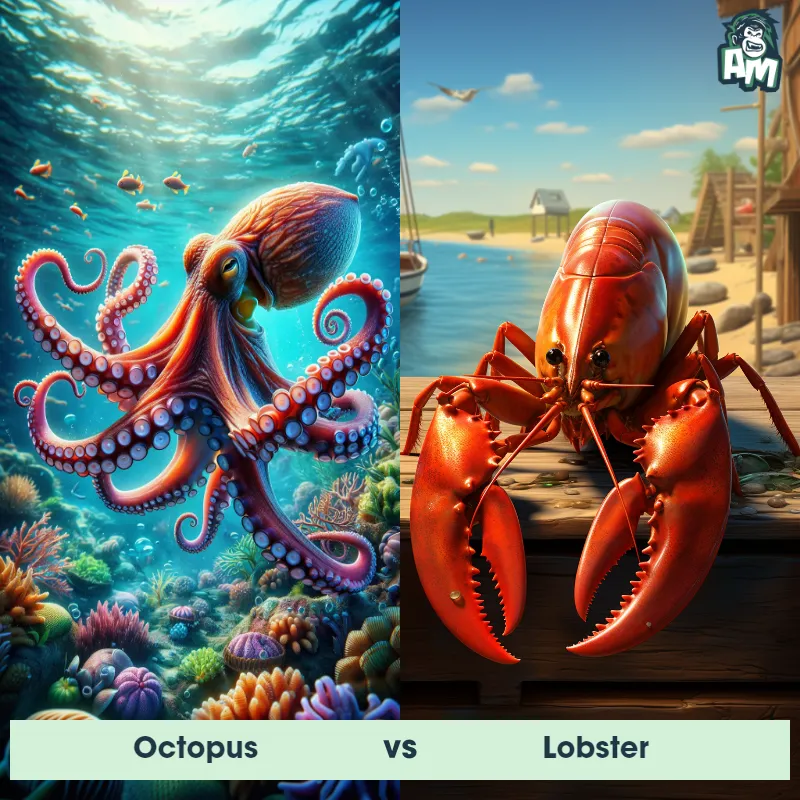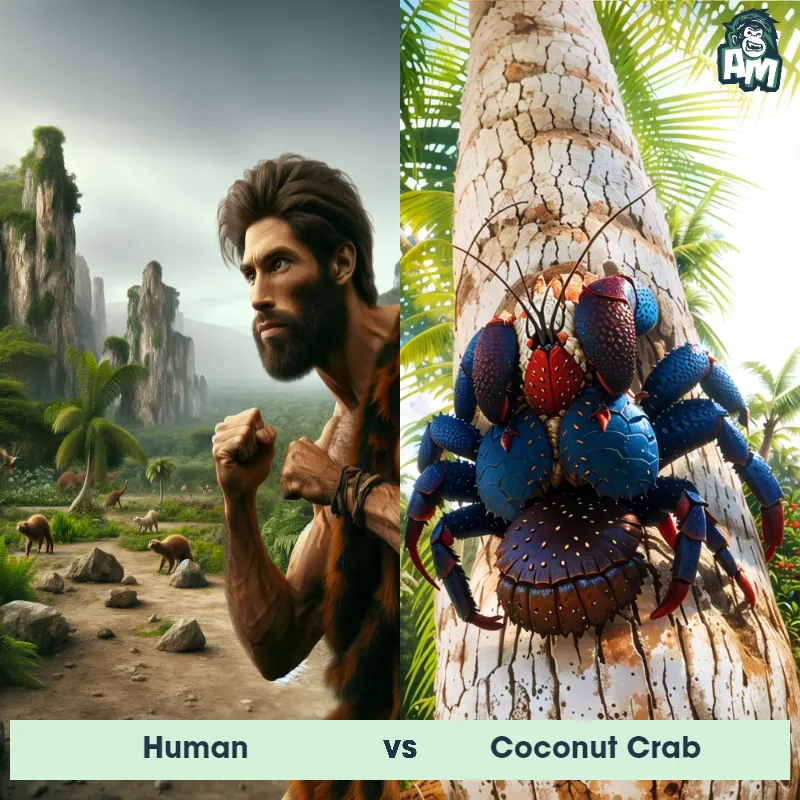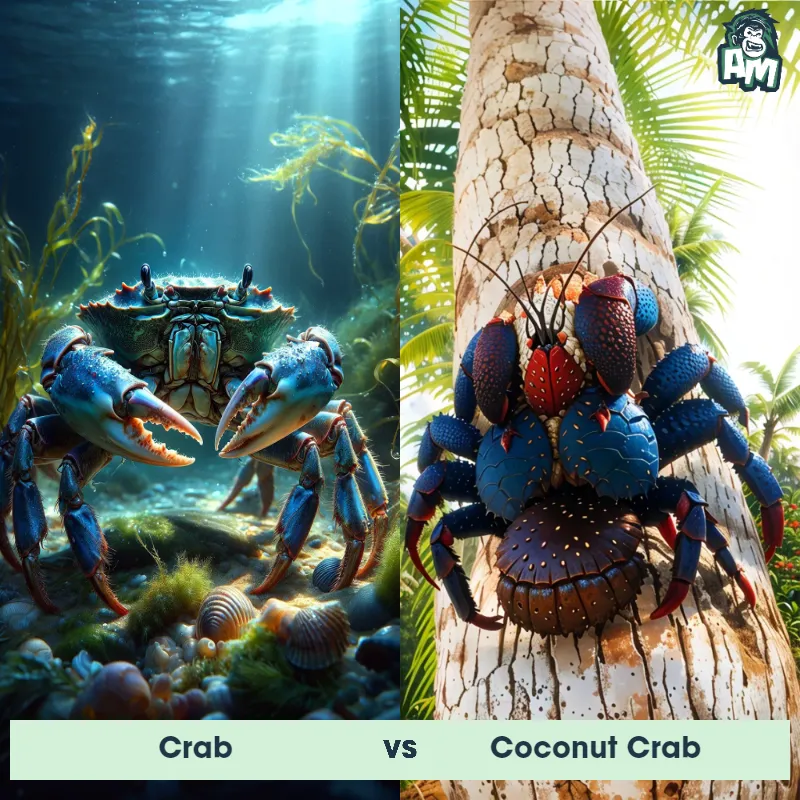Lobster vs Coconut CrabSee Who Wins

Ladies and gentlemen, welcome to this thrilling matchup between two formidable opponents in the animal kingdom. In one corner, we have a truly tough customer - the mighty lobster. And in the opposite corner, we have the tenacious coconut crab. These creatures have come to prove their dominance, and we're in for quite a showdown tonight. The atmosphere is electrifying, and anticipation is running high. Now, let's dive right into the action!
Contender 1: Lobster
The Lobster is a type of marine crustacean known for its strong, segmented body, large claws, and antennae. They have a hard protective exoskeleton and can range in color from blue and green to a reddish-brown, turning bright red when cooked. Lobsters have ten legs, with the front two often being much larger and serving as the primary claws for hunting and defense. They can grow quite large, with some species reaching lengths of over 3 feet and weights of up to 40 pounds.
Fun Fact: Contrary to common belief, lobsters are not immortal, but they do have an impressive lifespan, with some living to be over 100 years old.
Contender 2: Coconut Crab
The Coconut Crab, also known as the Birgus latro, is the largest land-living arthropod in the world. These giant crabs can grow up to three feet long and weigh up to nine pounds. Their bodies are covered in a sturdy exoskeleton and their powerful claws are capable of exerting a force of over 700 pounds. Coconut crabs have a distinct reddish-brown coloration and their adults are known for their bright blue legs. They inhabit coastal regions of the Indian and Pacific Oceans, including islands such as the Seychelles and Christmas Island.
Fun Fact: Coconut Crabs have an incredibly strong sense of smell and can detect the scent of food from great distances, even up to a kilometer away.
Matchup Stats
| Lobster | Coconut Crab | |
|---|---|---|
| Size | Up to 3.25 feet (1 meter) | Up to 3 feet (0.9 meters) |
| Weight | Up to 44 pounds (20 kilograms) | Up to 9 pounds (4 kilograms) |
| Speed | 11mph (18km/h) | 1 mph (1.6 km/h) |
| Key Strength | Strong, large claws for hunting and defense | Strong claws and legs |
| Biggest Weakness | Vulnerable soft body during molting period | None specified |
Current Votes
Lobster vs Coconut Crab
See Who Wins
View More Matches
Looking For More?
Similar Matches
Scientific Stats
| Lobster | Coconut Crab | |
|---|---|---|
| Scientific Name | Homarus americanus | Birgus latro |
| Family | Nephropidae | Coenobitidae |
| Habitat | Ocean floors, rocky, sandy, or muddy areas | Coastal regions |
| Geography | Atlantic Ocean, particularly North America's east coast | Indian and Pacific Oceans |
| Diet | Fish, mollusks, other crustaceans, worms, and some plant life | Fruits, coconuts, vegetation |
| Lifespan | 50 years - 100 years | 8 years - 40 years |
Key Differences between Lobster and Coconut Crab
- Pincers: Lobsters have two large pincers that they use for hunting and defense, with one being larger than the other. In contrast, Coconut Crabs have impressive and powerful pincers that are symmetrical in size.
- Coloration: Lobsters display an array of colors including shades of red, brown, and blue, while Coconut Crabs have a more earthy and muted color palette, primarily consisting of shades of brown and gray.
- Size: The Lobster typically reaches around 10 inches in length, while the Coconut Crab can grow much larger, reaching impressive sizes of up to 3 feet.
- Habitat: Lobsters are exclusively aquatic animals, inhabiting saltwater environments such as coral reefs and the ocean floor, while Coconut Crabs are mainly terrestrial and can be found in tropical regions, including coastal areas and forests.
- Body Shape: Lobsters have a more streamlined and elongated body shape suited for life underwater, whereas Coconut Crabs have a rounder and heavier body that enables them to navigate both in trees and on the ground.
- Antennae: Lobsters possess long, thin, and delicate antennae used for sensory perception, while Coconut Crabs have shorter, thicker, and more robust antennae.



